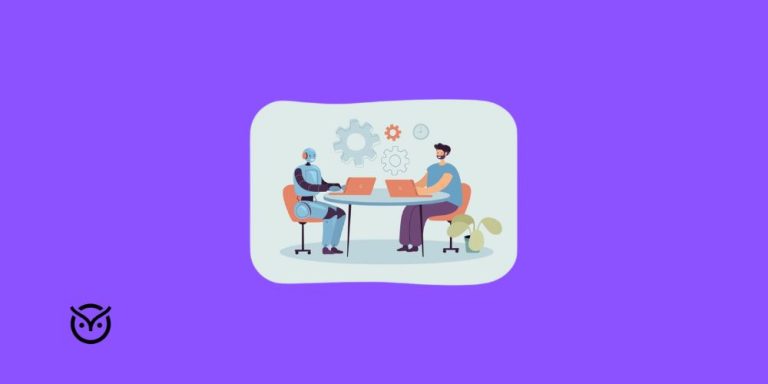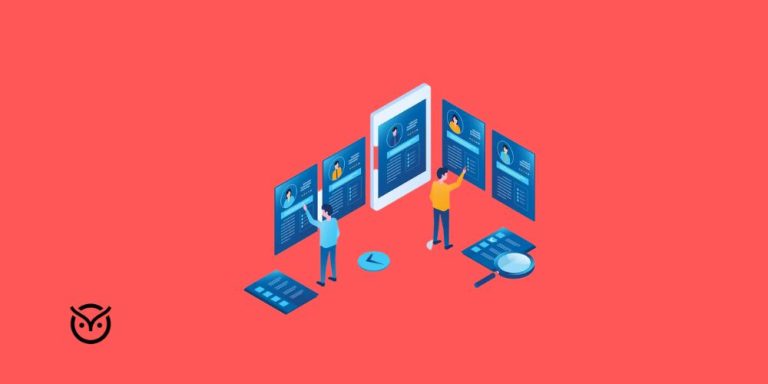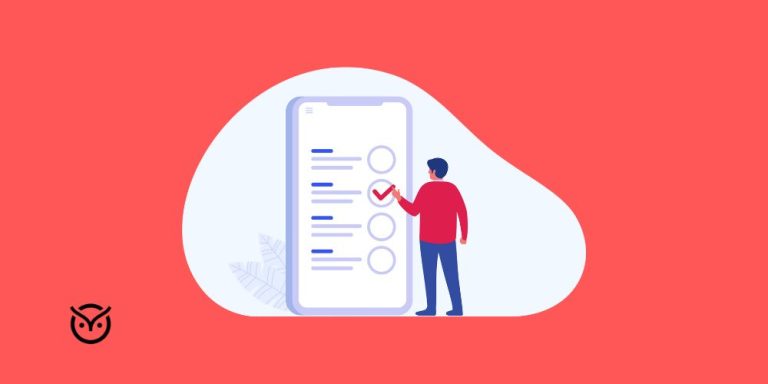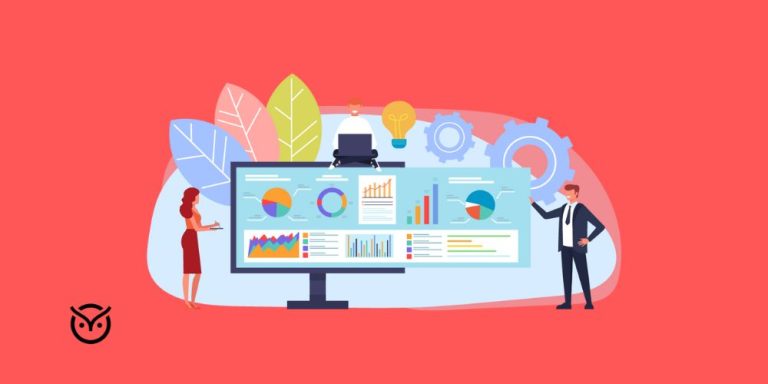The Rise of AI Engineer: How the Role Evolved and Why It’s Now Mission-Critical

TL;DR
- The Rise of AI Engineer has made them central to business innovation.
- Combines AI engineer or ML engineer expertise with software and product skills.
- Demand is soaring, with a projected 38% annual job growth through 2030.
- Firms offer top pay, flexibility, and access to AI tools for engineers.
- Key skills: deployment, cloud, ethics, and cross-team collaboration.
Five years ago, most companies didn’t even have “AI Engineer” in their org chart. Now, the Rise of AI Engineer has reshaped how technology teams work, hire, and deliver products. Businesses are racing to find people who can bridge the gap between raw algorithms and real-world impact. The pressure is high, and finding the right AI engineer or ML engineer feels like trying to recruit a rock star in a sold-out market.
The solution? Build teams that combine technical depth with business awareness. Keeping this in mind, this blog will show you how the engineering role has evolved, why it’s now mission-critical, and how to use the best AI tools for engineers to gain an edge in 2025 and beyond.
AI Talent Shortage Gauge
Guess the number of open AI and ML engineer roles worldwide in 2025. Slide, then check your answer.
Result
Your feedback will appear here.
What Is an AI Engineer?
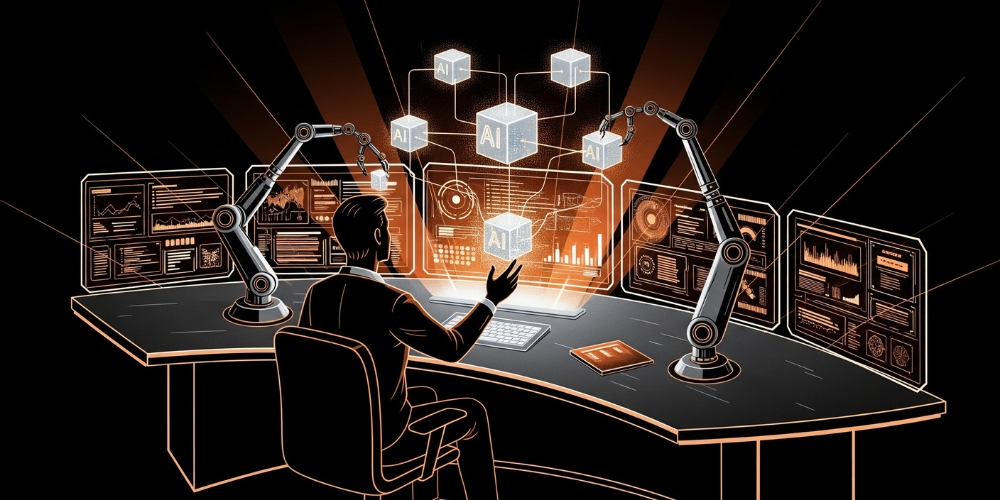
An AI engineer or ML engineer is someone who takes powerful models and turns them into real features you can use. Think of them as the bridge between brilliant ideas and working products.
An AI engineer often works across a few worlds at once: data, software, and systems engineering. Their tasks include preparing data, selecting the right algorithms, training models, tuning them, and finally wrapping them in APIs or apps so real users and customers can benefit. The role blends creativity, rigo,r and practical engineering.
Even roles like source engineers often overlap with AI work today; even though it's a rare title, the same skills apply: integrating data, selecting models, and ensuring the system works smoothly with the rest of the stack. And whether you're at a startup or global firm, your day may involve training or fine‑tuning models, deploying them, watching performance, or dealing with drift and bias.
AI Engineer Flip Card Dictionary
Tap or press Enter on any card to flip. Short, simple, useful.
The Evolution of the Rise of the AI Engineer Role
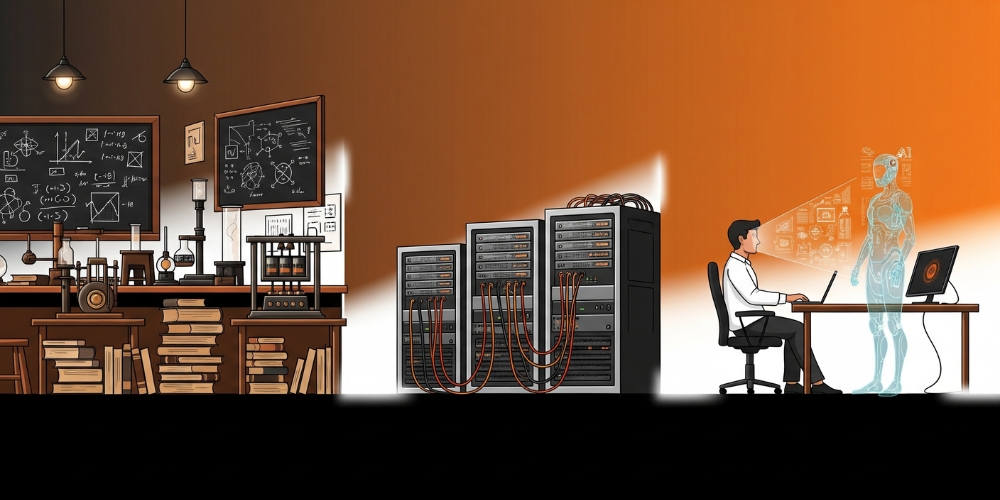
The Rise of AI Engineer traces back to when AI was mostly done in ivory‑tower labs. Back then, people like John McCarthy were deep in research, not building user‑facing tools. Fast forward to the early 2000s, when open‑source tools like Scikit‑learn and later TensorFlow and PyTorch arrived suddenly, AI wasn’t just for academics, and regular engineers could start using it.
By 2023, a “shift right” had happened. What used to take years and research teams could now be done with APIs over a few afternoons. That change helped the “AI engineer” role emerge and gain traction.
From 2018 to mid‑2024, AI roles in job listings rose by 21 percent, proof that businesses were snapping up this new breed of engineer. And by April 2025, there were over 500,000 open roles globally for AI and ML engineers, with hotspots in the U.S., India, and Europe.
Now, the job is evolving further. Some companies hire forward‑deployed engineers, embedding them directly with clients to push AI from pilot to production fast. Others, like Microsoft, have formed new AI engineering groups focusing on platforms and tools shaping AI integration from the ground up.
Evolution of the AI Engineer Role
Click an item, then click a slot to place it. Order earliest to latest, then press Check.
Why the AI Engineer Role Is Now Mission-Critical
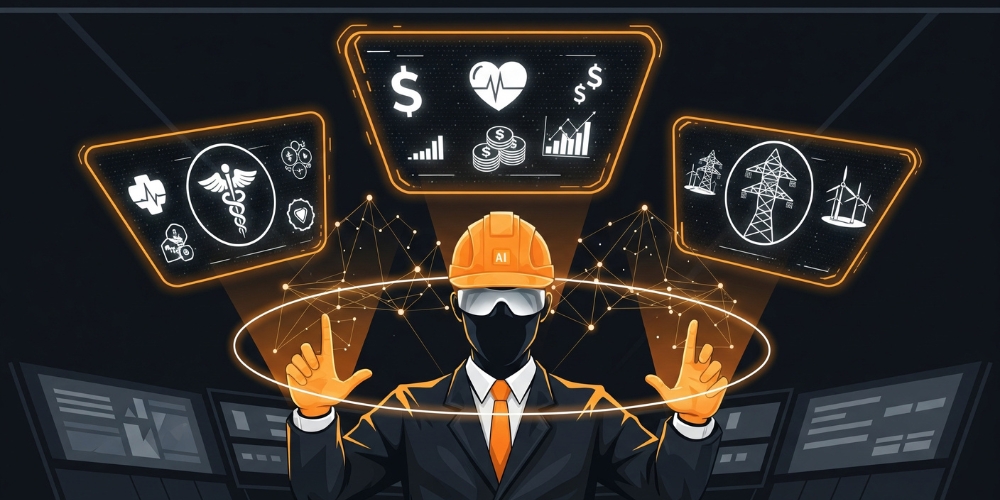
The Rise of AI Engineer isn’t just a trend. It’s a structural shift in how organizations operate. AI isn’t an optional feature anymore. It’s a competitive necessity.
One reason the role is mission-critical is speed. Markets move fast, and so does AI research. A breakthrough that’s “state of the art” today might be outdated in six months. Without engineers who can rapidly integrate new models and AI tools for engineers into production, companies fall behind.
The second reason is reliability. Many AI models work well in a controlled lab but collapse in the messy, unpredictable world of real users. Source engineers and AI-focused developers understand how to build pipelines that keep models updated, reduce bias, and monitor performance so AI doesn’t fail at the worst moment.
Security and compliance remain a major issue. In sectors like finance, healthcare, and energy, AI must meet strict regulations. AI engineers make sure systems follow legal rules, stay clea,r and log activity for audits. This is where general software engineers may not have the same expertise.
Why the AI Engineer Role Is Mission-Critical
Pick the role that fixes each issue fast and safely. Then check your answers
Model drifts after new patient data. Complaints rise. Regulator asks for audit logs and bias checks
Batch model flags fraud hours late. Cost grows. Team needs real time scoring with auditability
Cold start hurts new users. Personalization is weak. Marketing wants fast A B tests and guardrails
Skills That Define the Modern AI Engineer

Today’s AI engineer stands out by combining skills from several fields into one role.
Model Development and Deployment
Building a model is only half the job; it has to work in production. That means using PyTorch or TensorFlow, wrapping models as APIs, and running them with Docker or Kubernetes to manage scale.
Data Engineering Mastery
A strong AI model is worthless without solid data. AI engineers often act like source engineers, pulling raw information from different places, cleaning it, and shaping it for training. Tools like Apache Spark or cloud-native systems (AWS Glue, Google Dataflow) play a key role here.
Cloud and Edge Computing Skills
AI rarely lives on a single machine anymore. Whether it’s deploying a large model on Azure, AWS, or GCP, or running lightweight models on edge devices, AI engineers need to know how to optimize for speed, cost, and reliability.
Ethical AI and Bias Mitigation
Today’s AI engineer or ML engineer is expected to understand the social impact of AI. They need to know how to detect bias, apply fairness metrics, and ensure transparency in decision-making. This is particularly important in fields like healthcare and recruitment.
Proficiency with AI Tools for Engineers
Modern AI engineers are tool-power users. From vector databases like Pinecone to model-hosting platforms like Hugging Face, these tools are part of the daily workflow. Familiarity with engineering11 systems, such as custom internal engineering platforms that manage CI/CD, experimentation, and monitoring, can make an engineer 5× more productive.
Collaboration and Product Thinking
AI engineering doesn’t happen alone. The strongest engineers work side by side with product managers, designers, and operations to make sure projects address real business goals instead of only technical tasks.
How Companies Are Attracting and Retaining AI Engineers
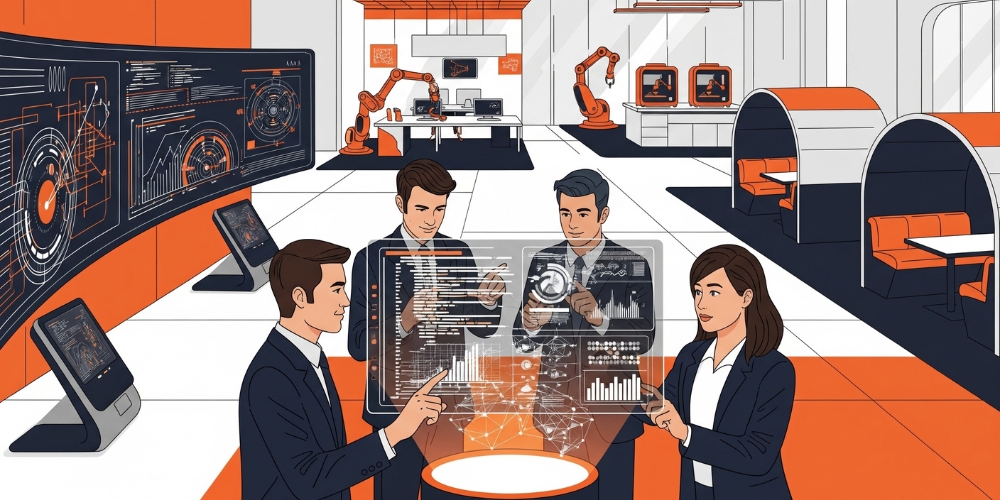
The worldwide shortage of skilled AI engineers has forced firms to change their hiring methods and how they keep talent. It’s no longer about posting a role and waiting. With competition so intense, many now act like pro teams hunting for top players.
Premium Compensation and Perks
Top AI engineer or ML engineer salaries are hitting six figures in many countries, with additional incentives like equity, bonuses, and profit-sharing. Beyond pay, companies are offering benefits like unlimited learning budgets, conference passes, and dedicated research time to keep engineers at the forefront of AI advancements.
Access to Cutting-Edge Projects and AI Tools for Engineers
Great engineers want to tackle problems that matter. Leading companies provide access to modern AI tools for engineers, exclusive datasets, and space to explore ideas. This not only brings talent in but also keeps them committed for the long run.
Flexible and Remote Work Models
Remote work remains a huge draw, especially in AI-heavy roles where talent pools are global. Some firms maintain fully distributed AI teams; others use hybrid models to give engineers flexibility without sacrificing collaboration.
Strong Engineering Culture
Retention is as much about culture as it is about pay. Teams that promote collaboration, knowledge sharing, and recognition for contributions tend to hold onto their best people. That includes valuing contributions from source engineers and other specialists who make AI projects possible.
Clear Career Growth Paths
Companies now map out technical career ladders so engineering11 experts can advance without having to move into management. This keeps technical talent focused on building and innovating rather than worrying they’ll hit a ceiling.
Career Outlook for AI Engineers (2025 and Beyond)
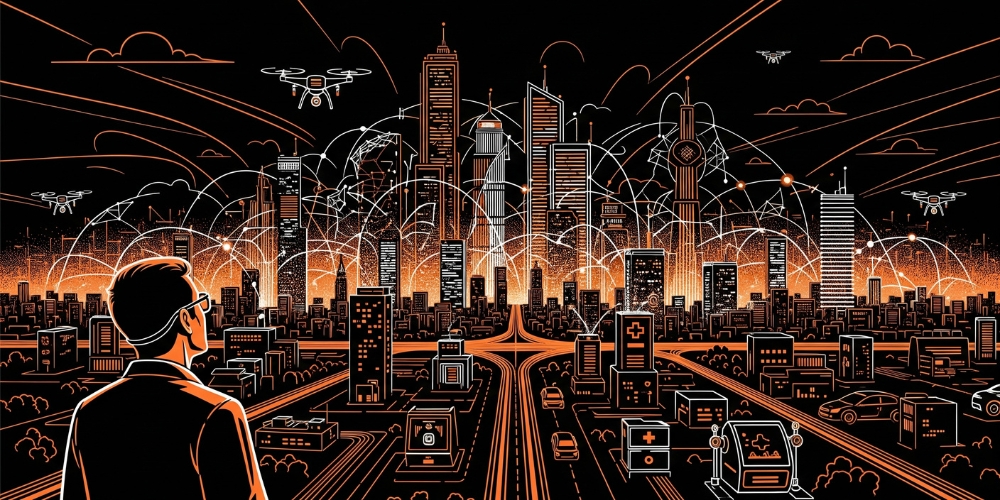
The future for AI engineers looks brighter than ever. Demand is rising fast in healthcare, finance, and energy as AI grows from small pilots to full deployment.
Explosive Job Growth
The Rise of AI Engineer means the role is diversifying into specializations like AI security, model operations (MLOps), and ethical AI governance.
Cross-Industry Opportunities
While tech companies remain the biggest employers, sectors like manufacturing, agriculture, and public services are increasingly hiring AI engineer or ML engineer talent. In many cases, they’re recruiting source engineers to lead AI adoption internally rather than outsourcing.
Advancements in AI Tools for Engineers
The speed at which AI tools for engineers are evolving means tomorrow’s engineers will have even more powerful platforms for model building, deployment, and monitoring.
Global Talent Shift
Countries are racing to become AI hubs by offering incentives, funding, and streamlined visas to attract top AI talent. This trend is expected to continue, creating new opportunities for engineers willing to relocate or work internationally.
Resilience Against Automation
Ironically, while AI may replace many jobs, the work of an AI engineer is among the least at risk in the near term. The creativity, coordination, and judgment it requires make human oversight essential well into the future.
Career Outlook for AI Engineers. 2025 and Beyond
Pick an industry and a focus. See demand, role paths, and global hotspots
Your Path
Growth signals
Conclusion
The Rise of AI Engineer is more than a hiring wave. It marks a lasting change in how companies design, deliver, and manage technology. What was once a side project is now mission-critical, and the AI engineer or ML engineer sits at the center, turning research into products that drive real results.
FAQs
Tap a question to view the answer
No. While a PhD can help for deep research roles, most AI engineer or ML engineer positions focus on applied AI, deployment, and integration. Many successful AI engineers have bachelor’s or master’s degrees plus strong portfolios and hands-on experience with AI tools for engineers.
Technology is still the largest employer, and sectors like healthcare, finance, manufacturing, energy, and retail are scaling fast. Many companies hire source engineers to build custom pipelines and integrate AI into existing systems, working with engineering11 specialists when needed.
Yes, for the foreseeable future. The Rise of AI Engineer is tied to the scale and complexity of modern AI systems. Automation will change some tasks, but human oversight, ethical governance, and creative problem-solving keep skilled engineers in demand.


